SGEM#340: Andale, Andale Get An IO, IO for Adult OHCA?
The Skeptics' Guide to EM
AUGUST 14, 2021
Date: August 12th, 2021 Reference: Daya et al. Survival After Intravenous Versus Intraosseous Amiodarone, Lidocaine, or Placebo in Out-of-Hospital Shock-Refractory Cardiac Arrest. Date: August 12th, 2021 Reference: Daya et al. Missy is also now the director […] The post SGEM#340: Andale, Andale Get An IO, IO for Adult OHCA?
.jpg)







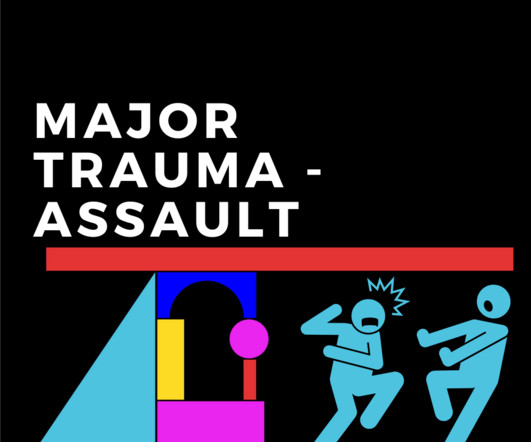



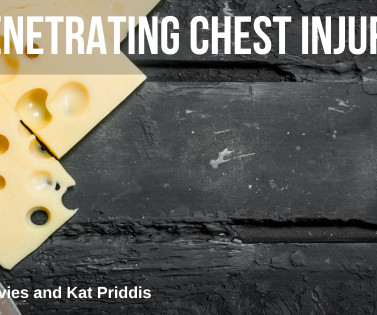

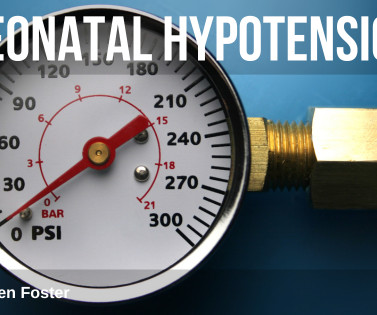


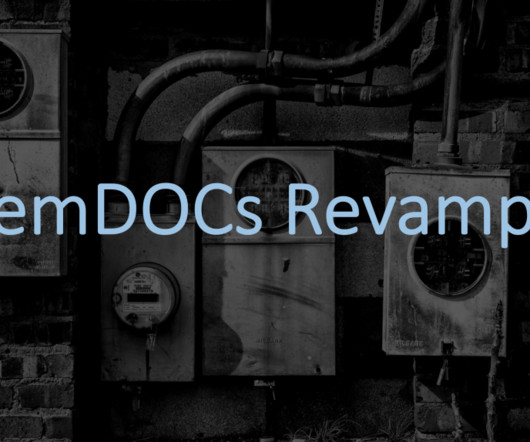
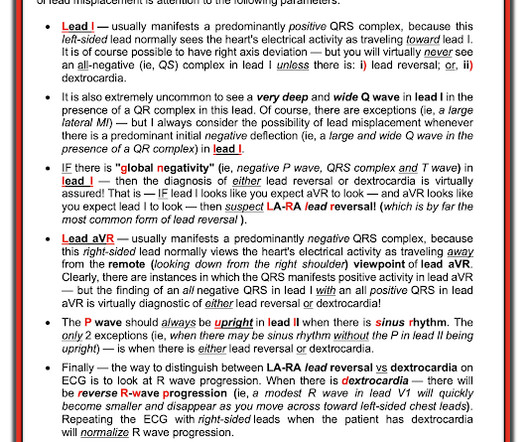









Let's personalize your content